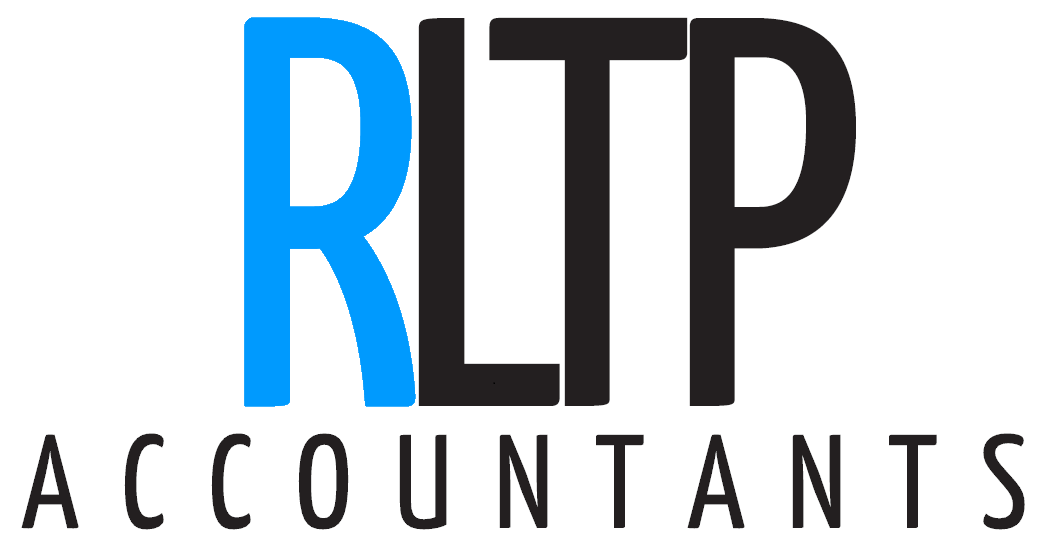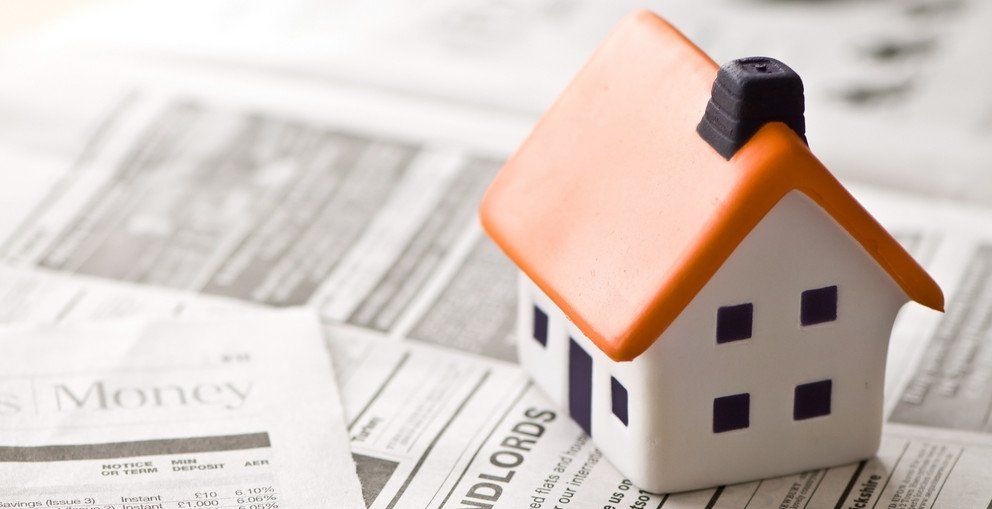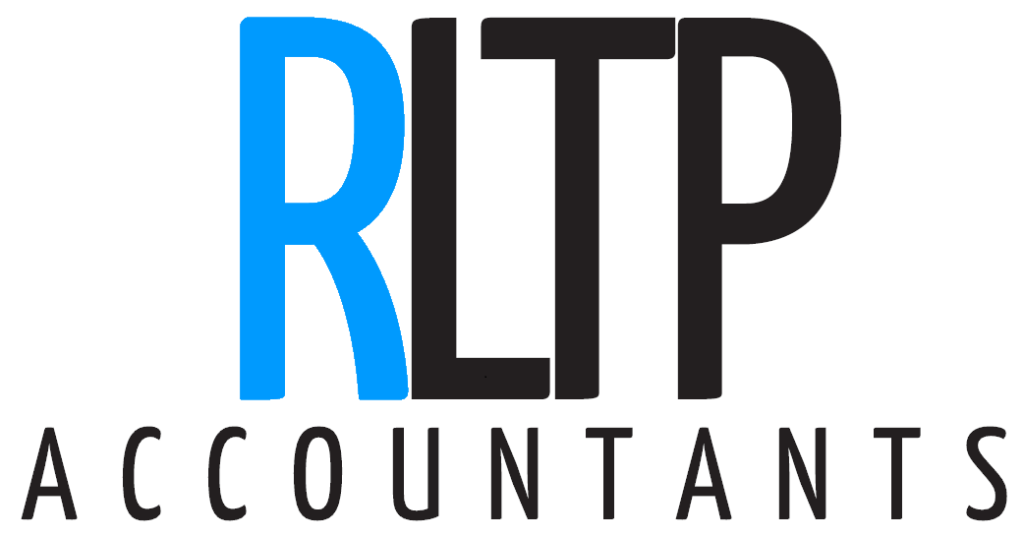The following case study explores some mistakes that landlords may make when working out their tax liability.
Harry and Sally are married. They live in a Devon village. For many years, Harry worked in Cardiff during the week, travelling home at weekends. The couple owned a flat in Cardiff which Harry lived in during the week.
In early 2017, Harry took redundancy and set up a consultancy business working from home. The Cardiff flat was let out from 1 May 2017. The property is jointly owned.
Sally is a freelance hairdresser earning around £15,000 a year. Harry’s consultancy business is successful, and he is a higher rate taxpayer.
The rent from the property is £700 a month. The property is let through a letting agent who charges a fee of £70 per month. The couple have a repayment mortgage on the property. Repayments are £320 a month, of which £40 is interest and the balance is capital.
The property is let furnished. In July 2018 they replace the washing machine with a washer drier costing £420. A washing machine equivalent to that which they replaced would have cost £200.
During the year, they incur £650 on repairs and £400 on landlord’s insurance.
The couple know they must declare the rental income. As Sally is only a basic rate taxpayer, they decide to allocate all the rental income to her. They work out the rental profit as follows:
Rental income (11 x £700)
£7,700
Less: expenses
Mortgage (12 x £350)
£4,200
Washer drier
£420
Letting agents’ fees
£770
Repairs
£650
Insurance
£200
(£6,420)
Rental profit
£1,460
Sally completes a tax return and declares the rental profit of £1,460. The associated tax is £292.
So, what have they done wrong?
Harry and Sally have worked out the profit in a way that seemed logical to them and had a stab at saving tax by allocating all of the income to Sally. Unfortunately, they made some classic mistakes.
Where property is owned by spouses and civil partners, the income is deemed to arise in equal shares, so would need to be split equally between Harry and Sally. The exception to this rule is if actual ownership of the property is unequal (say, Harry owed 80% and Sally owned 20%), in which case the couple could elect (on Form 17) for the income to be split in accordance with their actual beneficial ownership.
Relief is not available for the capital element of the mortgage, only the interest.
Relief is not available for the interest element of the mortgage for the period before it was let, so only 11 months qualify. This amounts to £440 (11 x £40).
For 2017/18 only 75% of the interest costs can be relieved by deduction – is this case £330. The balance of £110 (25%) is relieved as a basic rate tax deduction.
While relief is available for replacement domestic items, the deduction is only available on a like-for-like basis. Thus, the deduction is capped at £200 – the price of a washing machine equivalent to that replaced.
The correct calculation of the rental profit is therefore as follows.
Total
Harry (50%)
Sally (50%)
Rental income
7,700
3,850
3,850
Less: expenses
Mortgage interest (75%)
(330)
(165)
(175)
Washer drier (capped at £200)
(200)
(100)
(100)
Letting agents’ fees
(770)
(385)
(385)
Repairs
(650)
(325)
(325)
Insurance
(200)
(100)
(100)
Rental profit
£5,550
£2,775
£2,775
Tax (at 40%/20%)
£1,110
£555
Basic rate tax reduction (£55 @ 20%)
(£11)
(£11)
£1,099
£544
Under their calculations the couple would have paid tax of £292. However, the real liability is much higher at £1,643 in total.
Landlords are advised to take professional advice if they are unsure of the tax rules.
Property rental toolkit: see www.gov.uk/government/publications/hmrc-property-rental-toolkit.


